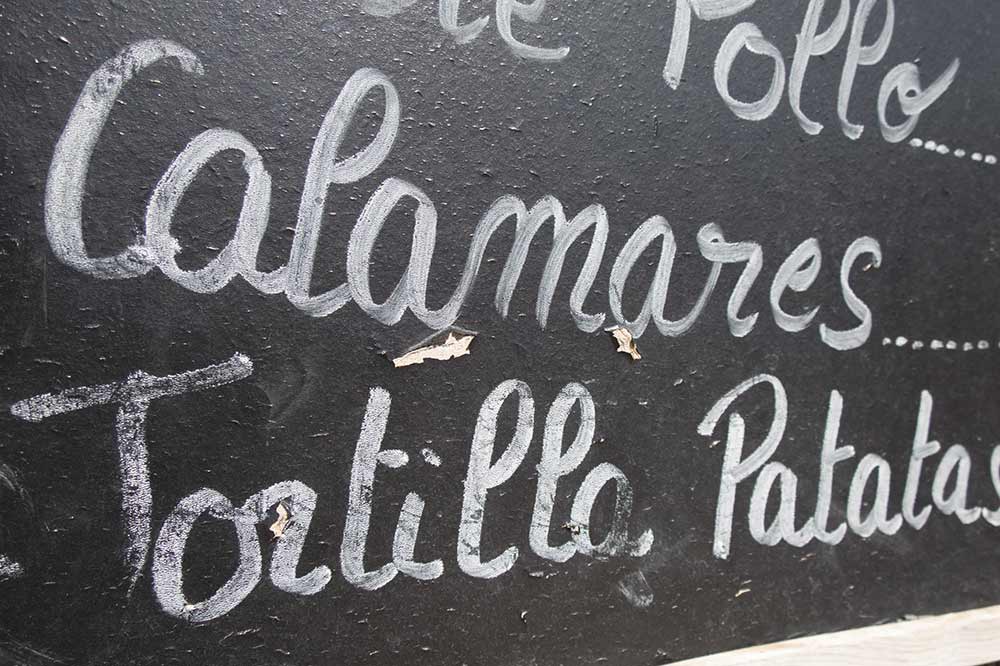According to the Census Bureau, over 60 million American residents over five years old speak a language other than English at home, as of 2015. In that same report, about 25 million residents put down that they consider their own English proficiency to be lower than “Very Well” on the Census’ scale.
There’s a largely untapped market of consumers in the United States who speak English as a secondary language or don’t speak it at all. For restaurants, that means looking towards the potential consumer base you’re not reaching with your marketing only in English.
For most of your non-English marketing (with rare exception), you really need to get any copy properly translated. More often than not, that means hiring a professional translator. A professional can make sure the copy reads well to a fluent reader as well as being generally accurate. Even if you are able to write the copy yourself, it could benefit you to hire a translator just for copy editing purposes to ensure the nuance of the language comes forward.
Many cities feature local publications catering to non-English speakers — if you’re going to rent a print ad in another language, putting it such a newspaper or magazine means knowing those readers will be able to read your ad. The same thing goes for local Spanish language television stations. If you can put together a solid, professional looking TV commercial in Spanish, you might as well have it play on a channel guaranteed to have Spanish-speaking viewers.
Radio ads targeting non-English radio stations are another option, although obviously with radio you don’t get to use the visuals of your food or restaurant in the marketing. In that case, the copy you write (and it being translated properly) is even more important because it’s the entirety of the ad.

The languages you focus on will really depend on your neighborhood and your larger area of town. For instance, if you’re near a large Vietnamese community (especially if that community is full of first generation immigrants who might not know English fluently), having ads in Vietnamese is a smart idea. That being said, Spanish will likely be the priority for many restaurateurs – it’s such a prevalent language in so many communities, it’s probably prevalent near your business.
Marketing in more languages than English isn’t just about ease of use for potential customers (although that is certainly a huge plus for your potential guests). It’s also about using those ads a signal to people in your community. This tells your community that you are open to people of all backgrounds in your establishment.
When it comes to making your website bilingual, investigate Google Translate, one of the more accurate automatic translation tools online. Since your website will have longer copy (and be more likely to change) than print ads, choosing Google Translate instead of having a translator work on your website after every update is probably a good idea. It helps that the website plugin is fairly easy to install through Google’s site.
If you’re marketing to diners whose primary language isn’t English, it would be a smart idea to have bilingual employees as well. Imagine how a Spanish-speaking customer would feel if they saw restaurant advertising in Spanish, only to face a restaurant host or server who doesn’t speak their language. You might not be able to hire only multilingual staff members, but keep an eye out for applicants who include speaking another language on their resume.
Also consider learning Spanish or another common language for your area. Considering how many restaurant workers speak a language other than English, that’s a strong skillset you can use in your establishment.

Along with marketing in different languages, you could also consider printing a version of your menu in the most common non-English language in your community. That being said, because of the printing cost of menus, this should really only be done if you feel like the large majority of your consumer base read primarily that language (and don’t read English fluently).
However, if you’re an ethnic restaurant of any sort, there’s a way to meet halfway — you can have the name of the dish in the original language of the cuisine while putting the description of the dish in English. That way it’s easy for non-English speakers to read but allows English speakers to easily know what they’re ordering.
Speaking of knowing what to order: need a quick and easy guide to figuring out what’s what on an Indian restaurant menu?






